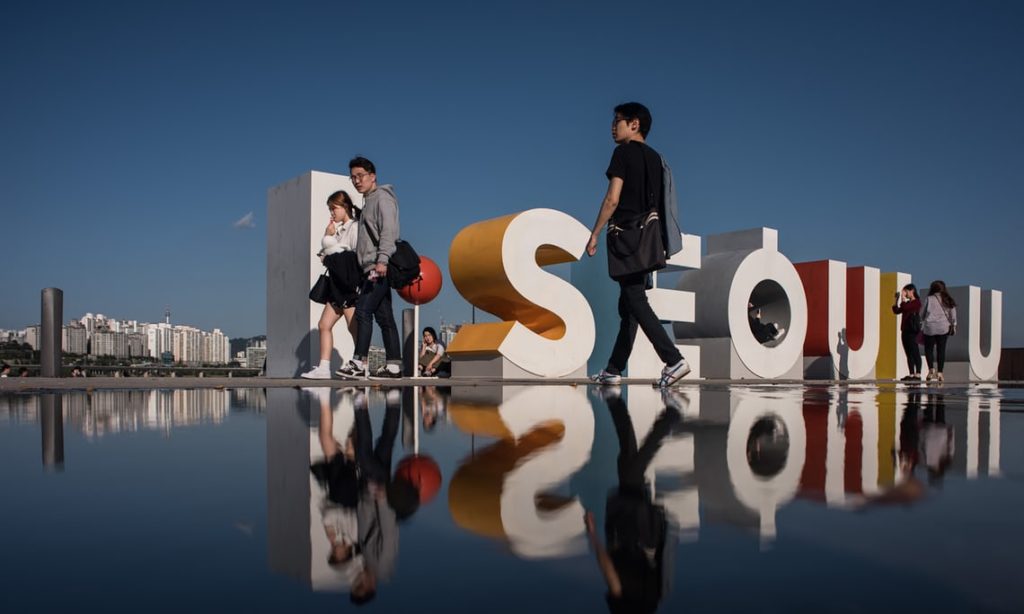
In November 2015, a much-publicised process of crowdsourcing ideas and putting them to a vote culminated in the city of Seoul unveiling its current English-language slogan: “I.Seoul.U.” It met with more ridicule from the local English-speaking community than most of the South Korean capital’s international PR moves (including, but hardly limited to, photoshopped versions for the long-suffering village of Fucking, Austria).
“The arrogance, the vitriol and the self-appointed expertise evident in this explosion of online bile is extraordinary,” wrote Korea Times columnist Andrew Salmon as he surveyed the announcement’s aftermath. He argued that “the obvious, natural focus for Seoul tourism promotion is China and Japan”, and that “the stark simplicity of I.Seoul.U may well speak to tourists hailing from these high-potential target markets [who have], on the whole, a poor command of English”.
Furthermore, the unconventional, offbeat, and quirky strapline, as he described it, puts it alongside the Nike “swoosh” and legendary graphic designer Milton Glaser’s “I ❤ NY” – both “classic exercises in branding” exerting abstract emotional appeal.
Indeed, I.Seoul.U was seen as a step forward in Seoul’s branding. Whatever its innate strengths or weaknesses, the slogan has brought more attention to a city that has long suffered image problems. For most of the 65 years since its emergence from the destruction of the Korean War, both Seoul and South Korea in general have struggled to define themselves on the cultural world stage, despite going on to become one of the most impressive economic success stories in human history.
Read the whole thing at The Guardian.